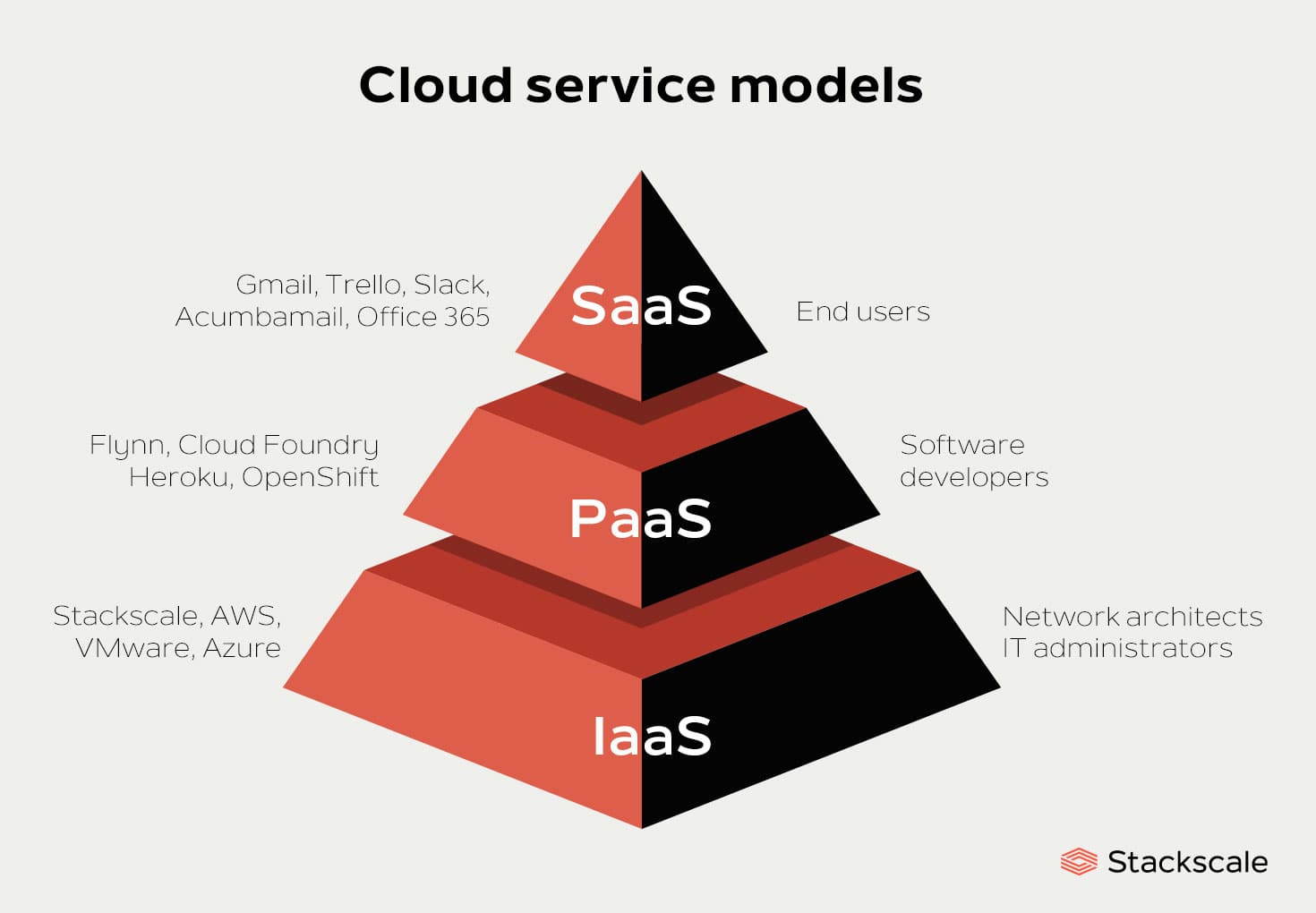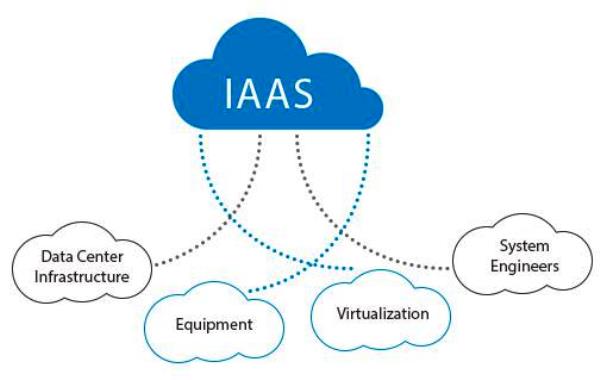Introduction about : Cloud Computing , The Future of Technology.
Introduction of Cloud
Cloud computing is one of the most important technological advancements that is revolutionising businesses and daily lives in today's fast-paced digital world. Cloud computing is probably in use whether you're working on a project with co-workers around the world, backing up your phone's pictures, or streaming your favourite TV series.What is Cloud computing ?
Fundamentally, cloud computing is the provision of computer services via the internet, including servers, storage, databases, networking, software, and analytics ("the cloud"). Businesses and individuals may use these services online and only pay for what they use, eliminating the need to maintain real infrastructure and data centres.
What Makes Cloud Computing Vital?
Cloud computing has completely changed how people use technology and how organisations run. The following are some major factors that contribute to the influence of cloud computing:
1. Economy of Cost
The days of making significant investments in pricey software and hardware are long gone. Because cloud computing services are pay-as-you-go, you may save money on infrastructure.2. Flexibility and Scalability
Businesses may scale their resources up or down based on their needs thanks to cloud computing. The cloud can easily adjust to your needs, whether you're an established business with changing demands or a start-ups growing quickly.
3. Cooperation and Accessibility
Teams may work together more easily from any location thanks to the cloud. Geographical boundaries are no longer an obstacle to effective real-time file sharing, editing, and conversation.
4. Backup and Data Security
Data security is a top priority for trustworthy cloud providers, who give backup alternatives and cutting-edge encryption. Data recovery is far easier in the case of cyberattacks or device failure.5. Software Updates That Happen Automatically
Automatic updates are frequently offered by cloud services, guaranteeing that your systems are constantly running the newest security fixes and features.Types of Cloud Computing:
1. Infrastructure as a Service (IaaS)
Important IaaS Features:
Scalability: The capacity to swiftly scale resources up or down in response to workload demands.Cost-Efficiency: Avoid the up-front expenses of buying and maintaining gear by simply paying for what you need.
Control: Compared to PaaS, it gives users more control over the middleware, runtime, and operating systems.
Flexible Configuration: Tailor resources to the demands of certain applications.
Provides online access to virtualised computer resources, such as storage and virtual computers.
Examples of IaaS
Amazon Web Services (AWS): Managed by Amazon, AWS is sold as a recurring subscription service and is utilised for on-demand cloud computing.Microsoft Azure: This cloud computing approach uses a network of Microsoft data centres to enable the development, testing, and management of applications.
Google Cloud: Google Cloud is an IaaS platform that allows companies to run AI solutions to boost operational efficiency in addition to native versions of Windows, Oracle, and SAP.
IBM Cloud: Businesses may "allocate your computer, network, storage, and security resources on demand" using IBM Cloud, ensuring that resources are only used when required.
2. Platform as a Service (PaaS):
A cloud computing architecture called Platform as a Service (PaaS) gives developers a platform to create, launch, and maintain apps without having to worry about the supporting infrastructure. In essence, it provides a ready-to-use environment that includes services, frameworks, and tools to make the application development process more efficient.
Important PaaS Features:
Programming languages, development tools, and pre-built components are all included in application development for effective coding.Scalability: Allows resources to be scaled up or down in response to application demand.
Cost-effectiveness: Lowers expenses by doing away with the requirement to maintain tangible infrastructure.
Flexibility: Accommodates a wide range of frameworks and programming languages.
Collaboration: Promotes cooperation, particularly among remote development teams.
Examples of PaaS
Google App Engine: This tool enables programmers to create and host web apps in Google-managed cloud data centres.Red Hat OpenShift is a platform as a service (PaaS) for on-premises containerisation.
Heroku: This PaaS solution allows developers to create, oversee, and expand consumer-facing applications.
Apprenda: This PaaS solution enables developers and companies to host a whole portfolio of applications. Use this platform to create and launch any kind of application.
3. Software as a Service (SaaS):
SaaS (Software as a Service) is a cloud computing approach in which software applications are distributed via the internet on a subscription basis. It is a handy and scalable solution since users may access it through their web browsers rather than installing and maintaining software on separate devices.
Essential SaaS Features:
Accessibility: Any device with an internet connection can access applications.Cost-effectiveness: Since the provider handles everything, there is no need for hardware updates or installs.
Automatic Updates: The supplier takes care of software updates, guaranteeing that consumers always have access to the newest features.
Scalability: Depending on their needs, users can adjust the size of their subscriptions.
Ease of Use: Users may begin using the program right away; no setup is necessary.
Provides software programs online, usually via a subscription service. Google Workspace is one example.
Examples of SaaS Applications:
Google Workspace (Gmail, Drive, Docs)
Microsoft 365 (Word, Excel, Teams)
Salesforce (CRM solutions)
Dropbox (Cloud storage)
Zoom (Video conferencing)
Well-known Cloud Service Companies
The market for cloud computing is dominated by a few large companies:- Web Services by Amazon (AWS)
- Azure by Microsoft
- GCP, or Google Cloud Platform
- Cloud by IBM
- Cloud by Oracle etc.
Cloud computing's potential keeps growing as technology develops. Cloud computing will become ever more important in influencing sectors, improving data analytics, and streamlining corporate processes as artificial intelligence (AI), machine learning (ML), and the Internet of Things (IoT) emerge.
In summary :
The way we think about technology has been completely transformed by cloud computing. Because of its indisputable advantages, it is a great tool for both people and huge corporations. Cloud computing use will only grow as more companies adopt digital transformation, making it a crucial component of the tech landscape of the future.




0 Response to Understanding The Future of Technology Cloud Computing:
Post a Comment